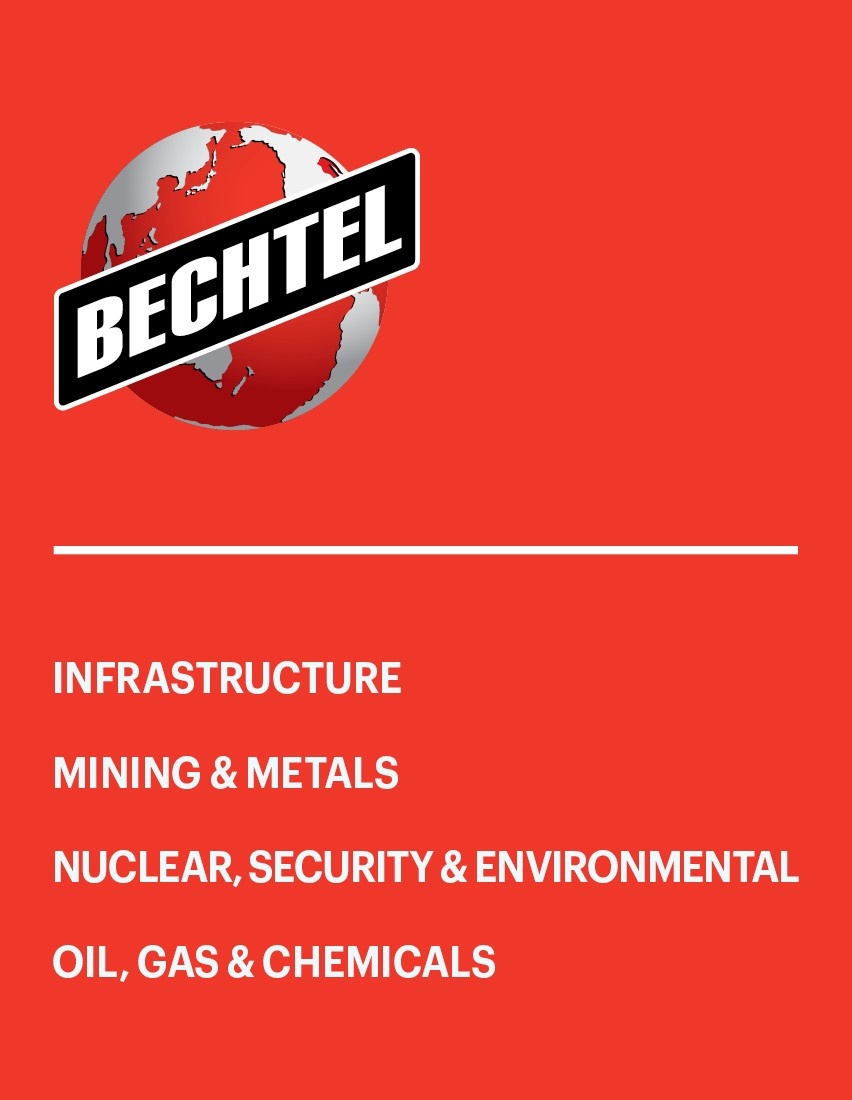Using Extended Reality to Improve Safety on Construction Sites
By Marvin Johnson
According to the International Labour Organization, more than 340 million occupational accidents are reported each year around the world. Statistics show the construction industry has a disproportionately high rate of recorded accidents in comparison to other industries.
Throughout the engineering, procurement, and construction industry, including Bechtel, many are beginning to explore new ways to overcome these health and safety challenges on jobsites. Extended reality is one of the fastest growing technologies gaining significant investment and acceptance as a business tool to augment learning and provide enhanced situational awareness to workers on construction sites.
What is Extended Reality?Extended Reality (XR) is the industry catch-all technical term referring to all superimposed real-world and immersive virtual environments, including:
Virtual Reality (VR)
This technology has migrated from being a desktop visualization model view to a solution that leverages the use of wearable devices to completely envelop the wearer in virtual models. VR allows for 360-degree views, full body movement tracking, and interactive experiences in a virtual world, including object selection and re-positioning.
Assisted Reality (AR)
Assisted Reality solutions can provide descriptive textual and visual information to workers on site through smart-glasses or headsets, enhancing their ability to carry out activities with an additional level of contextual guidance. Solutions within this space include simple and secure two-way video communications, hands-free voice data capture, and guided workflow chatbot interactions with smart forms.
Mixed Reality (MR)
Mixed Reality is an offshoot that merges AR and VR with the real world to create an enhanced immersive experience using additional resources, such as 2D media and data from Internet-of-Things sensors. MR headsets typically use optical see-through devices to project the virtual content onto binocular lenses. Using inbuilt computer vision tracking sensors, MR solutions give the impression of merged content in the real-world for added sensory realism.
How can XR be used to improve safety on construction sites?
Improving the industry’s safety conditions and reducing the overall rate of work-related accidents is one of our top priorities. The use of XR technologies is allowing Bechtel to address these challenges head-on, while significantly improving project efficiency and exploring new ways to design and build structures. A few examples include:
VR Training for Crane Operators: Bechtel is collaborating with Industrial Training International to increase quality and reduce the cost of craft training through immersive virtual experiences and the use of videogame-like controls. Combining VR and input from industry experts, the training module provides in-depth real-life scenarios. The new system is expected to improve the screening and selection process for crane operators, supporting our zero accidents philosophy while simultaneously protecting equipment and saving money.
AR-Assisted Lockout Tagout Procedure: Bechtel is currently testing AR to supplement training activities in the field and improve the quality of safety procedures, such as lockout tagouts, which safeguard employees from the unexpected energization or startup of machinery and equipment, or the release of hazardous energy during service or maintenance activities. For example, during the isolation of a valve or electrical equipment, technicians could view text overlaid on equipment that is pulled from existing procedures or receive in-view, live camera annotations from external, remote experts.
Immersive Jobsite Walkthrough Experience: AR and VR also offer safety professionals the ability to visually communicate jobsite safety conditions to members of the project team, regardless of their location. For example, Bechtel is currently testing 360° spherical imagery to create a live view of the surrounding environment, which can be augmented using wearables or mobile devices. Users can then tag and highlight safety points of interest throughout the construction site.
Technology adoption will continue to accelerate if it’s deployed to solve a real problem and improves the experience for the user at the work face. For these reasons, the success of our pilots focuses on adoption first. If user feedback on a certain pilot is weighted on the technology, rather than the safety process itself, then we consider the use case not ready for deployment.
Barriers to Seamless Adoption
Construction sites are generally rugged environments. Since XR solutions typically rely on wearables, like glasses or gloves, or mobile devices to deliver information to the user, factors like noise pollution, extreme temperatures, humidity, dust, and other environmental concerns, make adoption extremely difficult, and potentially unsafe.
Furthermore, safely incorporating new devices into existing personal protective equipment can create added complexity. For instance, buttons or hand signals are impractical for construction workers wearing safety gloves, and smart goggles are not always certified to protect against intrusion, dust, and other elements, making them unsuitable for construction sites.
Moreover, situational awareness is critical in a busy construction site. If XR systems distract users from what is occurring in their surroundings, the technology solution could pose more risk than the problem it’s attempting to address.
The lessons learned and the feedback received from each pilot are crucial in helping vendors understand what is expected of future devices deployed in industrial environments. The objective is to learn and share our knowledge with technology providers to drive the industry forward in adoption and shape the hardware requirements to realize the jobsite of the future.
It’s an exciting time to explore new solutions for enhanced safety on constructions sites. As technology continues improving, Bechtel will remain at the forefront of reimagining safety to make zero accidents a reality.

